I’m venturing outside of my usual remit today, and discussing an issue that’s about 90% air warfare, although it obviously applies to naval aviation, too.
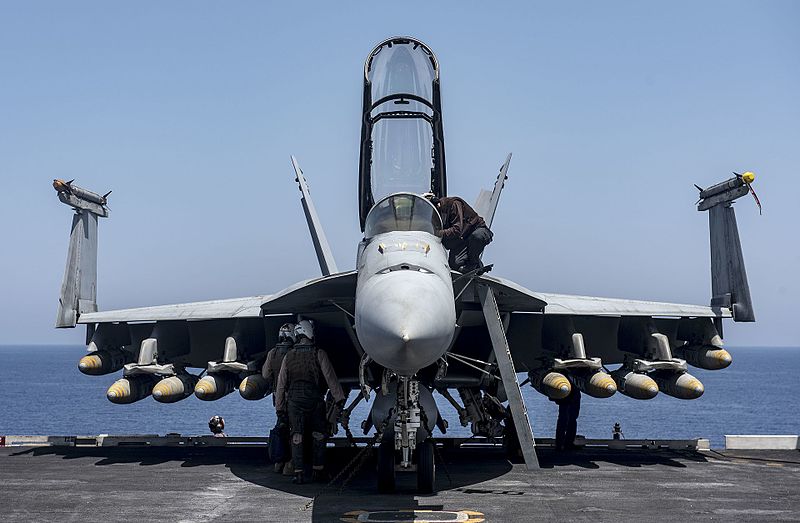
F/A-18F Super Hornet loaded for a strike mission
We can broadly divide combat aircraft operation into two categories, which I’ll call strike and responsive. Obviously, there’s a continuum between the two extremes, but this dichotomy will help make clear something not commonly understood outside of the military world.
Strike operations are missions launched against (usually) fixed targets, probably at the direction of high-level commanders. Let’s work an example:

An airbase
The US wants to shut down an airbase. Unfortunately, it’s not an airbase that the US owns, so we can’t just turn off the lights and go home. It’s an airbase in Enemyistan. So our first question is what is the best way to go about this. How long do we need to shut it down for? How much collateral damage can we accept? What airplanes do we have? What weapons can we put on the target? What will the effects of those weapons be? Which of our weapons options will be enough to accomplish the mission? All of this determines what airplanes and weapons will finally be assigned.
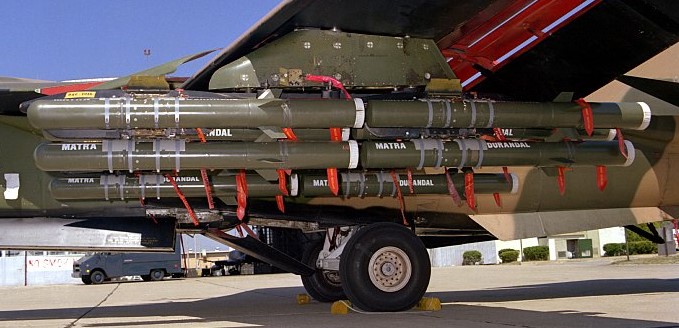
Durandals on an F-111
Let’s assume that the final decision is that we’re going to attack the runways using Durandals, which are designed to pierce the runway and then detonate, leaving large craters.1 But this means that we need to get some airplanes (let’s assume F-15Es) right over the runways, because Durandal isn’t a standoff weapon.
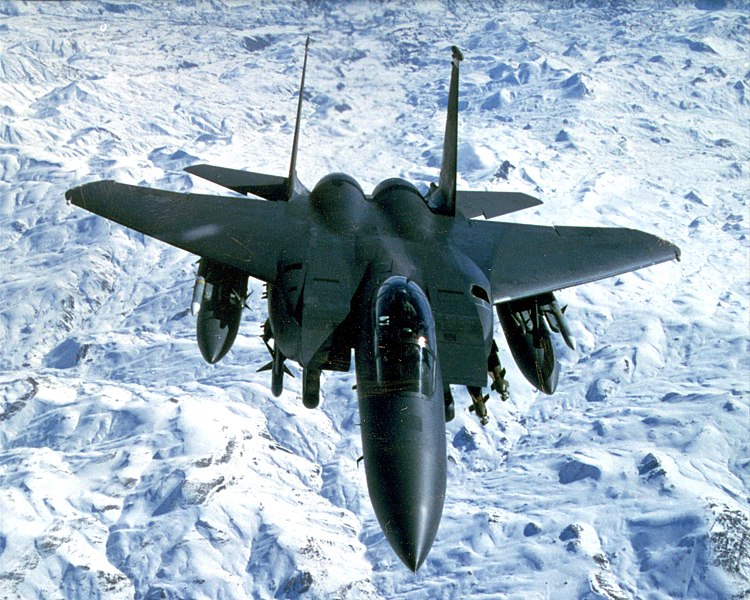
F-15E Strike Eagle
Ah, but wait. The base is defended. There’s a couple of Tunguska SAM systems in the area, which need to be taken out before the Durandals can be safely dropped. Well, looks like we’re going to need another group of aircraft to run SEAD2 and take them out. That’s going to involve finding the Tunguskas, which are mobile, and then eliminating them with anti-radiation missiles. Maybe we’ll be lucky and see them on a satellite pass on the way in, but we can’t be sure of that. So now we need to hunt them. That probably means we need planes with a backseater, because a single pilot is kind of marginal for the workload required. There’s a couple of options here, depending on what planes we have available. More Strike Eagles or F/A-18Ds or Fs might be good choices, depending on what sensors are available to hang on them. SEAD should be backed up by a jamming aircraft, an EA-18G Growler. If we’re lucky, it might be able to handle SEAD on its own, but it also introduces a whole new raft of planning considerations to make sure it’s in the right mode at the right place and time.
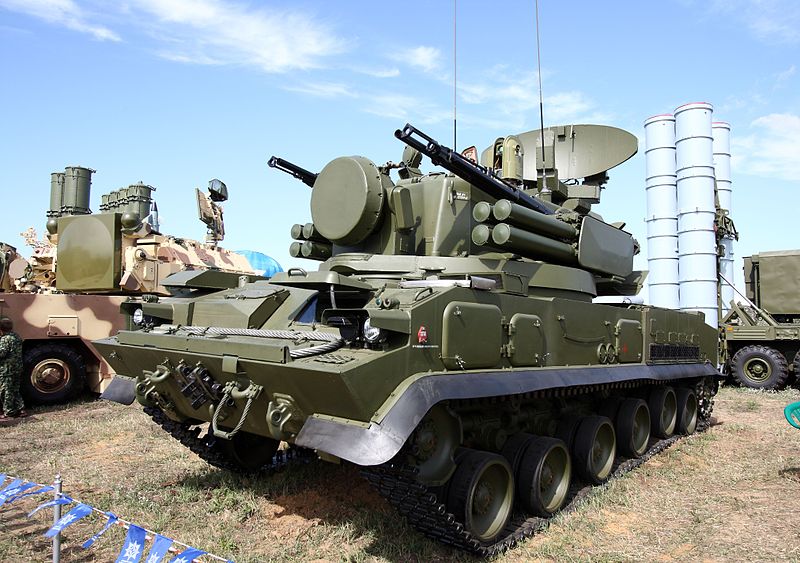
Tunguska
So, that’s SEAD taken care of right? Well, no. Besides the Tunguskas, there’s also an S-300 battery nearby that we need to take out. We aren’t going to have to find this one on the fly, so we don’t need the second crewman on the strike airplanes. In fact, we can probably use standoff weapons on this one, as it can’t move and be working again between the last satellite pass and the strike. But that probably means we need another two planes. But now we’re done with SEAD, right? Again, no. There’s the possibility of stumbling across some other SAM system on our way in or out of the target, so we’ll need to see if the Tunguska-hunters can double up, or if we need another group of planes. Also, Enemyistan has an air force, so we probably should throw in some escorts set up for air-to-air. Our force of maybe 4 F-15Es is now up to a dozen planes, and still growing.
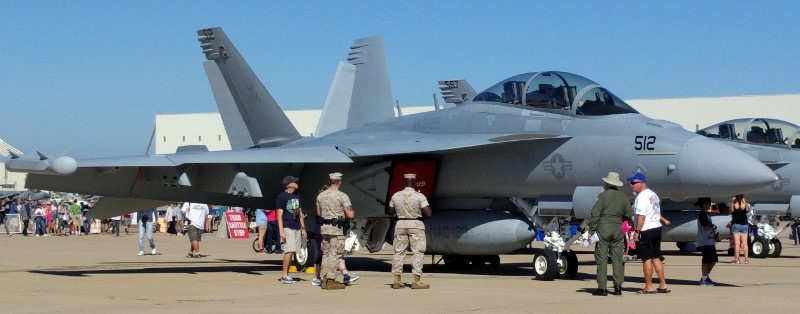
EA-18G Growler at the Miramar Airshow3
We’d like to keep Enemyistan in the dark as long as we can before we hit them. We have a good idea of how their radars are laid out, and we can work out a route to avoid most of them.4 But there’s still one or two that need to die to open a clear path. Maybe we can use Tomahawks from the carrier group offshore for that. This introduces another set of planning, largely mirroring what goes into a manned aircraft strike. And we need to make sure that they don’t try to share the same airspace that the strike group is using.

Components of the S-300 missile system
At this point, we’ve probably used most of the available airplanes, either on the strike itself or as spares in case one of the strike birds has a problem that can’t be fixed before takeoff. But if we’re really lucky, maybe we have enough left over to launch a smaller strike on something else or launch some decoys, which will draw Enemyistani attention away nicely.
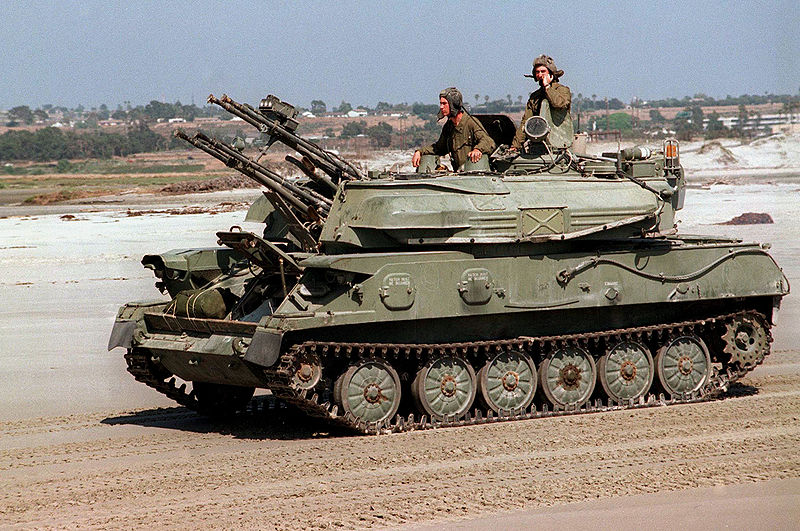
ZSU-23-4
Ah, but we’re almost done now, right? You should know better by now. The target is well inside Enemyistan. As such, we’re going to need to use mid-air refueling to get the strike group in. That’s another load of planning, to make sure that the tankers don’t get intercepted or picked up on radar early on, giving the game away. And we need AWACS5 to coordinate everything. And a SAR6 package ready to go in case things go wrong and someone gets shot down.

E-3C Sentry AWACS aircraft
Obviously, there’s a lot that goes into this, and it gets even more complicated when operational or political factors force last-minute changes. Strike planning takes days. For instance, the Air Tasking Order7 for Desert Storm was finished the day before it was used. Improved computer aids have made the planning process faster, but it’s still time-consuming and difficult.

An AV-8B Harrier II undergoing maintenance
One side-effect of the lengthy planning cycle is that it also affects airplane design. Serviceability imposes design tradeoffs, and if the minimum turn time between missions is a day, it doesn’t make sense to accept too many of those tradeoffs so that the airplane is ready to go again in an hour. Likewise, if the planning cell is going to take fifteen shipping containers of gear, there’s not a lot of point in making sure that the airplane can be maintained with only a hammer.
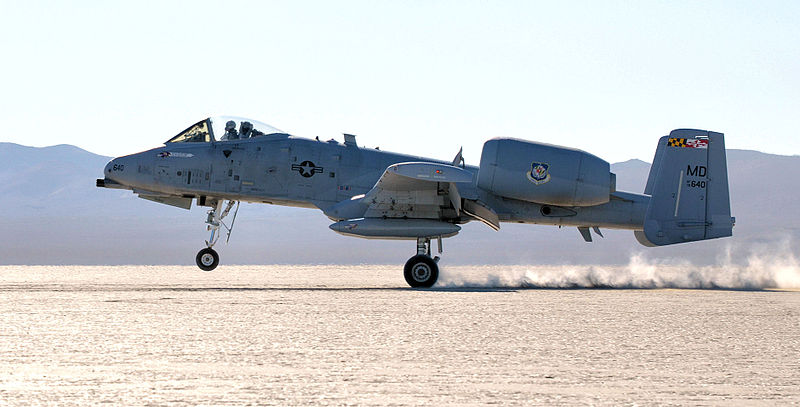
An airplane that can be maintained with a hammer
Obviously, this isn’t true of all airplanes, and so we come to the category I called ‘responsive’. This covers a bunch of different types of missions, but all of them require fairly minimal planning, and involve changing the mission on the fly in response to conditions. The one of these that is most akin to a strike mission is Close Air Support/Battlefield Air Interdiction or CAS/BAI. CAS is usually controlled by a Forward Air Controller (FAC) on the ground, against enemy forces in contact with friendlies on the ground. An airplane is loaded with ordnance, usually something relatively simple like JDAM or Maverick, and sent to loiter near the front lines. When the FAC needs to kill something, he calls and the airplane tries to blow it up. BAI strikes are slightly deeper behind the lines, but are still quick-turnaround missions in response to tactical data. These airplanes often will have turnaround times of 30 minutes or less, with the pilot getting a bathroom break, ammo and fuel being loaded, and the plane taking off again. In this case, minimal requirements for servicing and ground-support equipment matter a lot.
The other major use of combat airplanes under the responsive paradigm is defensive air combat patrol (CAP), because the enemy is never nice enough to schedule his air strikes in accordance with the ATO. Anti-submarine patrols and tactical transport work are also examples. Note that CAS/BAI and CAP are often done by strike aircraft, so these planes do have some need to turn relatively quickly. The airplanes which always take a lot of maintenance between sorties are the ones only used on strike missions, such as bombers and EW aircraft.
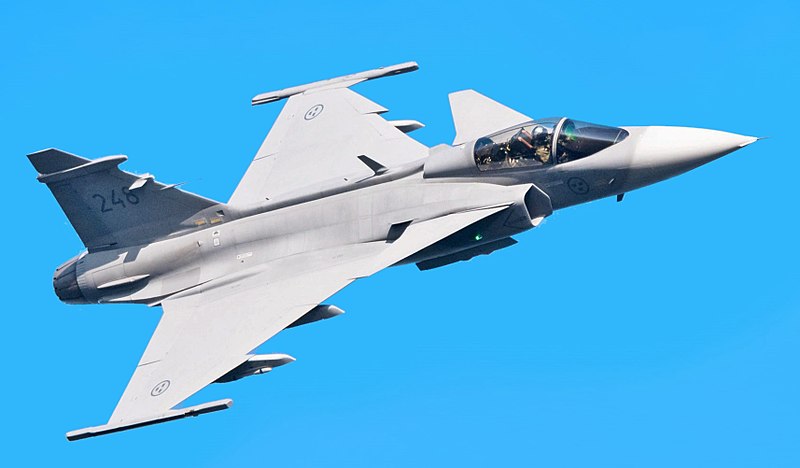
SAAB JAS 39 Gripen
Swedish serviceability practices get brought up occasionally, and I hope I’ve shown why they can’t be generalized to the US military. The Swedish plan was almost exclusively CAS/BAI, and their airplanes are designed to fill largely the same niches that the A-10 and Harrier do. While fine airplanes, this capability comes at a cost in terms of being able to go after hard targets in a serious air defense environment. The US needs to keep that capability, which requires in turn big airbases and elaborate support. For that matter, even CAS/BAI dedicated aircraft are not nearly as good at operating with little support as is popularly supposed. The Gripen’s famous “one technician and five conscripts” is for refueling and rearming the aircraft, not for fixing problems. At the end of the day, it still needed a lot more care than that to keep it operational, and the cost per flight hour isn't notably different from an F-16.
Modern aerial warfare is complex and opaque to outsiders. The main drivers of effectiveness are not simple speed and weapons load, but the careful integration of different systems, both in the air and on the ground. Unfortunately, the opaque nature of these systems makes it easy for those in favor of simpler solutions to create convincing-sounding cases for them. The scale that modern strike operations have to be conducted at means that imitating Sweden or privileging the A-10 over the F-35 will ultimately result in lower effectiveness and a higher death toll to achieve our missions.
1 This is a very unlikely choice. The US prefers standoff weapons for obvious reasons, and even with Durandals, runways are fairly easy to repair, so they'd probably try to find a different way to shut down the airfield. Options could range from going after the airplanes themselves to trying to take out the fuel system or the munitions that support the airplanes based there. But it's useful for purposes of illustration. ⇑
3 Author's photo. Miramar is a fantastic airshow. ⇑
4 This is difficult in and of itself, because you also want to minimize the risk of overflying a ZSU-23-4 at low level that just happened to be there, or that was placed there to catch anyone trying something like this. ⇑
5 Airborne Warning And Control System, basically an airliner with a big radar on top and an operations center shoved inside. ⇑
6 Search And Rescue ⇑
7 The big document which defines what most of the airplanes in the theater are doing ⇑

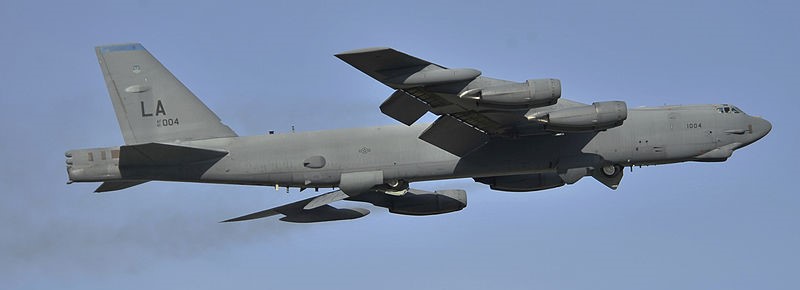
Comments
Abstraction danger: it sounds like a distinction between playing out the OODA loop IRL and precomputing it offline to the extent possible. The historical parallel that springs to mind is that the introduction of gunpowder weapons (bringing previously stored chemical energy into the battlefield) overwhelmed the kinds of armor that were resistant to muscle-powered weapons; correspondingly, the doctrine of modern strikes is to overwhelm the defending command apparatus' real-time information-processing capacity by dumping on them the results of "stored-up" planning.